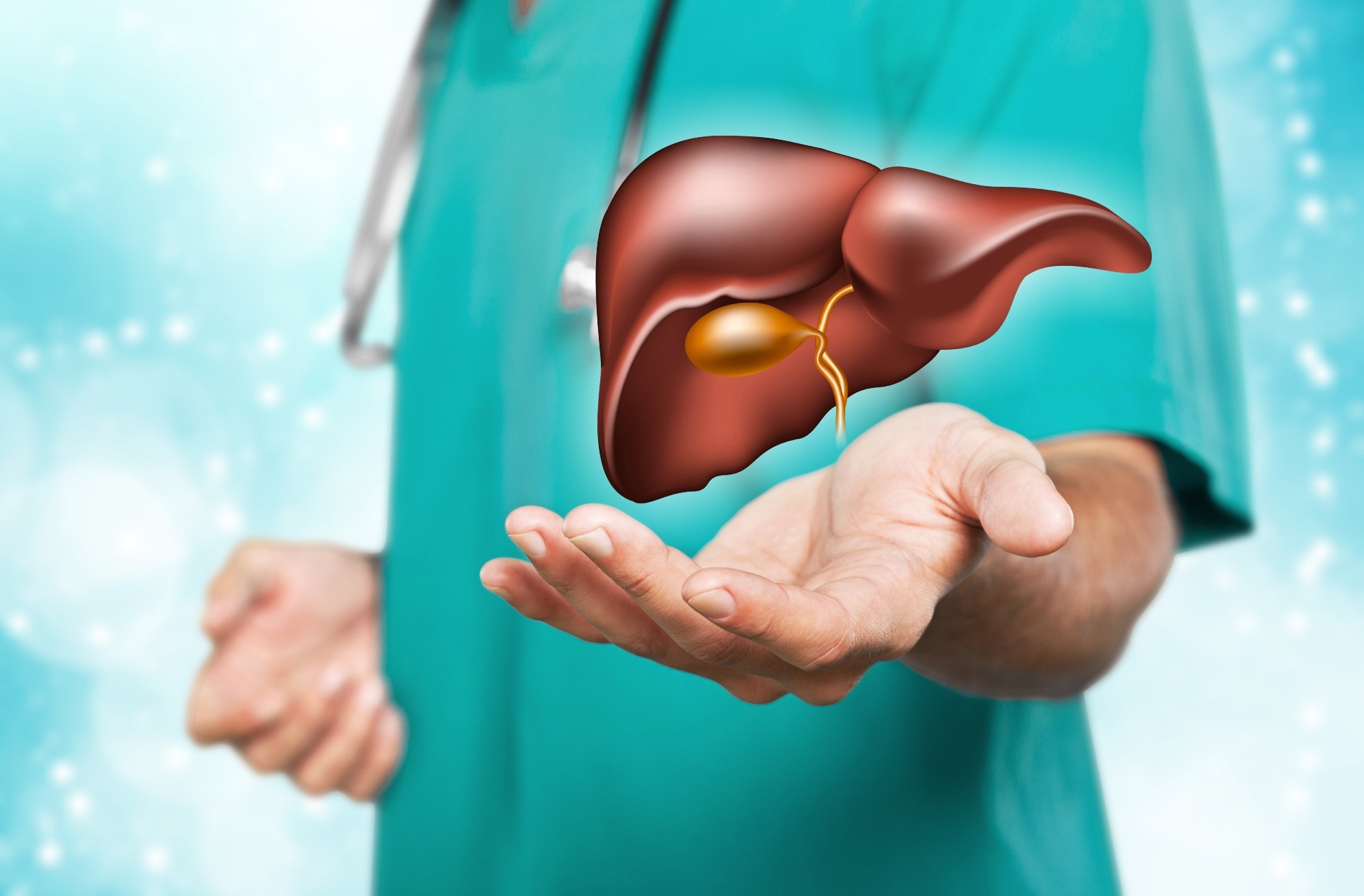The circadian clock is fundamental to healthy metabolism and is determined by a central pacemaker in the brain. Peripheral clocks are found in almost all organs and are set to the central clock by various signals.
 Study: Multi-omics profiling reveals rhythmic liver function shaped by meal timing. Image Credit: Billion Photos / Shutterstock.com
Study: Multi-omics profiling reveals rhythmic liver function shaped by meal timing. Image Credit: Billion Photos / Shutterstock.com
Introduction
Both light exposure and food intake determine the circadian rhythms of the body. The central pacemaker in the brain is located in the suprachiasmatic nuclei (SCN) of the hypothalamus and responds to the light-dark exposure cycle.
Peripheral clocks follow the same rhythms through neuroendocrine and metabolic signaling pathways responsive to the central pacemaker. This includes the liver clock, which immediately responds to changes in meal timing or the fast-feed cycle.
Food intake and fasting are linked to the body rhythms through post-translational modifications (PTM), which include phosphorylation and ubiquitylation of proteins such as the circadian repressor gene PERIOD2 or the corresponding kinase genes CSNK1D/E (which encode CK1δ/ε). CK1 phosphorylates PERIOD1 and PERIOD2 at various sites, such as the Ser971 residue of PERIOD2 (PER2-Ser971).
If feeding is limited to a specific time window during the day, referred to as day/sleep time-restricted feeding (DRF), the liver cycle shifts towards this period within one week. This affects both the liver clock and transcriptional process, whereas metabolic pathways in mice do not appear to be affected.
Earlier research has established that diurnal rhythms are present in about 5% of liver proteins. About 40% of phospho-proteins exhibit circadian rhythmicity.
Diurnal rhythms in the ubiquitylation of liver proteins influence the metabolism of fatty acid, glucose, and growth factors. Amino acids, fatty acids, and energy pathways are regulated by acetylation, which responds to night/wake time-restricted feeding (NRF), during which eating is permitted only during a specified window of time at night.
It remains unclear whether PTM rhythmicity in response to meal timings is reflected at non-transcriptional levels.
The current study utilized a multi-omics approach to explore daily rhythms in liver proteins, as well as four PTMs and the lipid cycle. This approach involved using a customized lipidomics technique to measure diurnal rhythmicity in lipid levels in mice on time-restricted feeding (TRF).
What does the study show?
Liver protein phosphorylation exhibits the greatest rhythmicity as compared to other PTMs. Almost all phosphorylation rhythms peaked in the sleep phase in the DRF group and in the second half of the sleep phase in the NRF group.
Nutrient availability was found to activate PER2-pSer971. Thus, phosphorylation was most responsive to nutrient intake, whereas succinylation showed the smallest change in response to food consumption.
For most rhythmic pathways, the phase was shifted by four to five hours, and none for more than eight hours. However, the lipid metabolic pathways showed a global increase and shifted phase by eight hours. Lipid metabolism is an outstanding feature of the liver’s diurnal rhythm in protein ubiquitylation that responds to the timing of feeds.
Integrated analyses indicated that fatty acid metabolism is regulated by proteins closely associated with the circadian-associated PER2-pSer971. Thus, the diurnal rhythm of fat metabolism is an important feature of the liver’s response to meal timing, as demonstrated by the rhythm of PER2-pSer971 formation in the liver under DRF conditions.
The entrainment of fatty acid metabolism by DRF is supported by the lipidomics findings, which show strong diurnal rhythms in 155 lipids from 33 classes. This outnumbered the lipids in livers obtained from NRF mice by three times.
Transcripts were produced in rhythms matching those of unmodified or phosphorylated proteins. Conversely, rhythms observed in unmodified proteins were matched with those in messenger ribonucleic acid (mRNA), phosphorylated, or ubiquitylated proteins.
These findings reflect the presence of an intricate network that contributes to diurnal rhythms in the liver, which are controlled by N-glycosylation and phosphorylation, the first under NRF and the second under DRF conditions.
What are the implications?
This dataset represents a comprehensive resource detailing the proteomic and lipidomic responses by the liver to alterations in meal timing.”
Understanding how time-restricted feeding (TRF) affects liver physiology and metabolism is important to identify its potential health benefits. Previous studies have reported that the liver clock and liver transcriptomes respond rapidly to DRF; however, this entrainment is not present in the liver metabolome. The current study examined this further using five PTMs with the associated proteomics.
Over 40% of phospho- and ubiquityl-proteins were rhythmic, in addition to over 30% of all proteins. About one in seven N-glycosylated proteins were also rhythmic, whereas only a few succinyl-proteins exhibited this behavior.
Protein phosphorylation readily responds to the circadian liver clock. This is comparable to protein succinylation, which belies the circadian regulation of mitochondrial processes and responds to the circadian liver clock the least.
Both PTMs and the lipidome may contribute to the association between meal timing and diurnal liver rhythms, with PERS2-pSer971 sensing the availability of free fatty acids and glucose.
Over 30% of lipids were also rhythmic and appeared to maintain the diurnal rhythms of behavior and metabolism. The circadian clock responds to TRF in setting the diurnal rhythm of fatty acid metabolism, as shown by lipidomic and gene-level connectivity mapping.
The study findings provide important insights into how the circadian clock regulates body processes in normal and pathological conditions. Nevertheless, additional research is needed to understand the effects of other PTMs and rule out the confounding effects of strong diurnal rhythms of other cell populations not intrinsic to the liver, such as white cells.
Journal reference:
- Huang, R., Chen, J., Zhou, M., et al. (2023). Multi-omics profiling reveals rhythmic liver function shaped by meal timing. Nature Communications. doi:10.1038/s41467-023-41759-9.